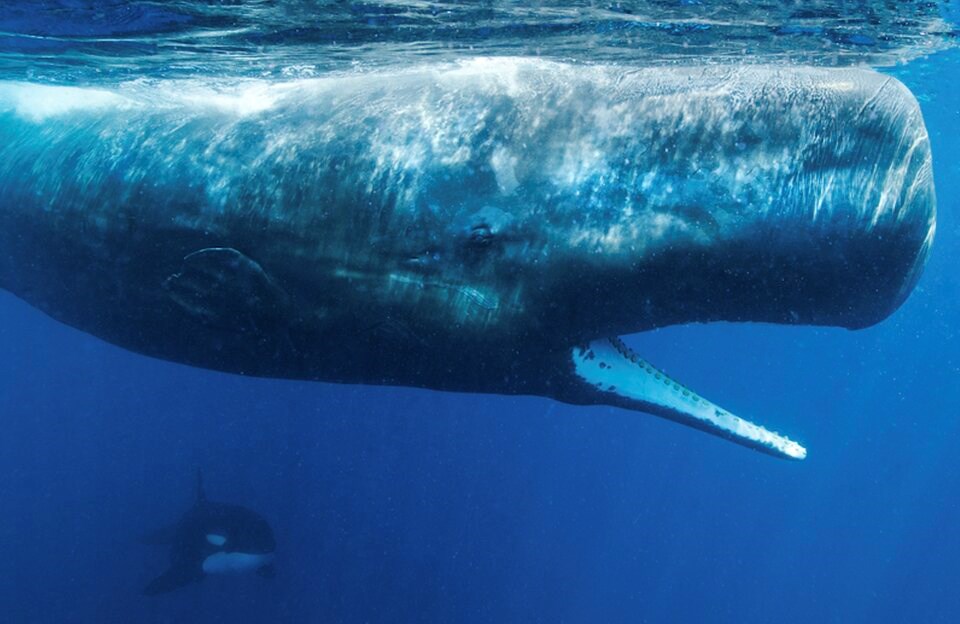Deep-sea operations proposed by a Vancouver-domiciled mining company could cause harm to a wide variety of species in the Pacific Ocean, including whales, dolphins and sound-producing fish, two new studies have found.
Earlier this year, The Metals Company Inc. (Nasdaq:TMC) announced it was circumventing the U.N.’s International Seabed Authority and would seek approvals to mine a large swath of the Pacific Ocean through a recently passed executive order from U.S. President Donald Trump.
The company is targeting the Clarion Clipperton Zone (CCZ), a six-million-square-kilometre area of seafloor several kilometres under the ocean, where polymetallic nodules the size of a potato have formed over the course of millions of years — often around a piece of shell or a shark tooth.
Halfway between Hawaii and Mexico, The Metals Company has already tested technology that includes tracked machines that suck up the nodules, sending them up a series of pipes to a mother ship where they await a journey to shore.
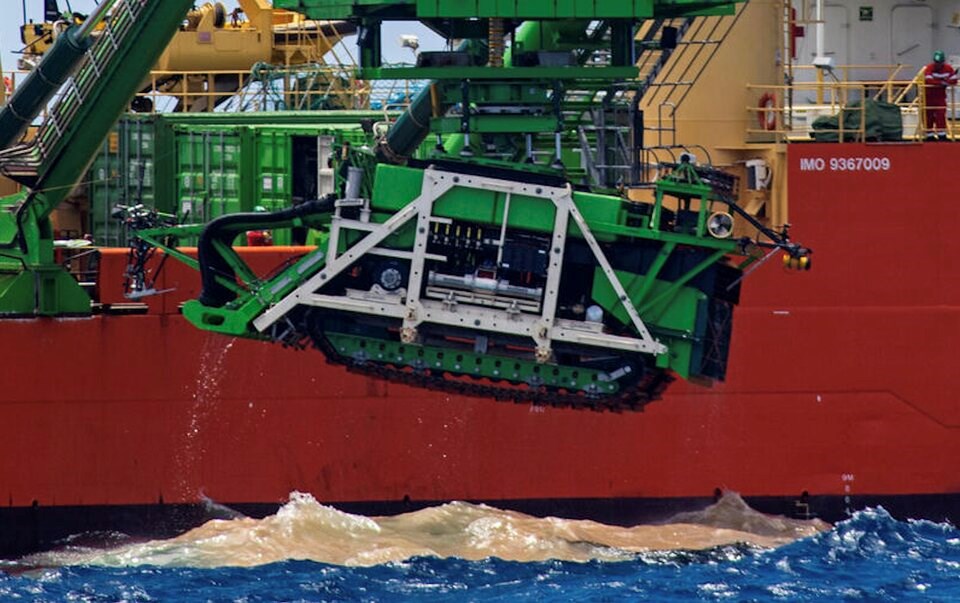
The company claims the metal-rich nodules are equivalent to a “battery in a rock” and could provide vital minerals to a growing green energy industry. The company has said its deep-sea operations are much less harmful than land-based mining because there is less diversity of life deep under the sea.
However, critics have claimed the company is rushing to satisfy investors with little insight into how its operations could affect life in some of the most unexplored corners of the Earth.
Past studies have focused on how deep-sea mining could create harmful sediment plumes or destroy habitat with “irreversible” consequences. But few had looked at what impacts noise might have.
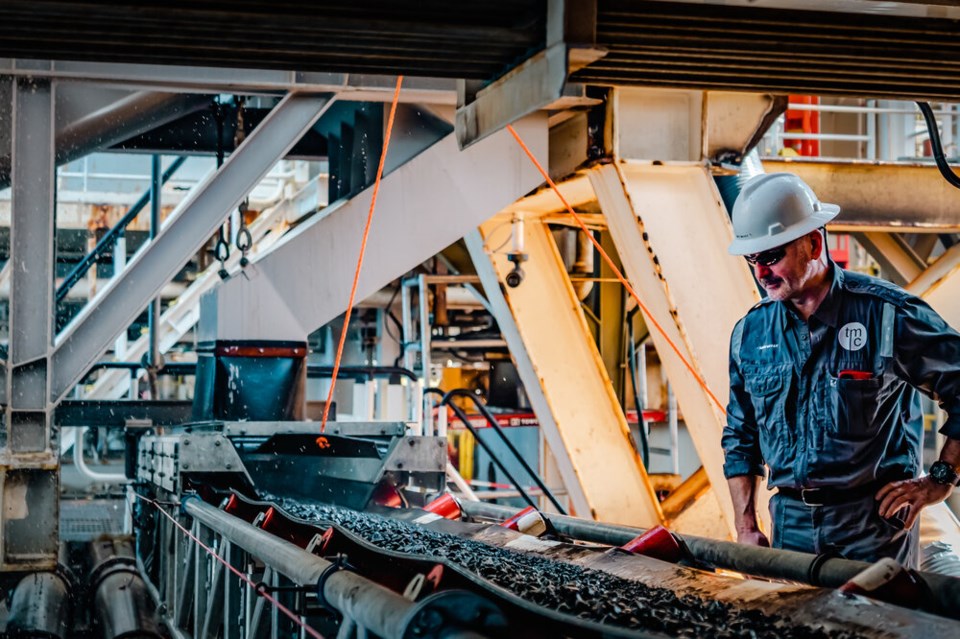
To test what lives in the patch of ocean between Mexico and Hawaii, researchers from the U.S., Canada, Australia and the United Kingdom came together to measure the scope of species that could be affected by noise pollution.
Recently published in the journal Marine Pollution Bulletin, the study examined what species were vulnerable to noise and which had even been assessed by scientists.
They found that only 35 per cent of taxonomic classes known to exist in the CCZ have been studied for noise impacts. According to the classification of living things proposed by Swedish botanist Carolus Linnaeus in the 18th century, “class” ranks four steps up from “species.” It also dissects the Animalia kingdom, for example, into 108 different categories, such as Mammalia (mammals), Aves (birds) and Reptilia (reptiles).
Kieren Cox, a post-doctoral fellow at Simon Fraser University who co-authored the study, said it’s clear a number of species in the CCZ region of the Pacific are vulnerable to noise pollution, from marine invertebrates to sea turtles, whales and fish.
“They really span from the surface of the water all the way down to the deep sea. They occupy this region that are going to be very susceptible to noise pollution,” he said.
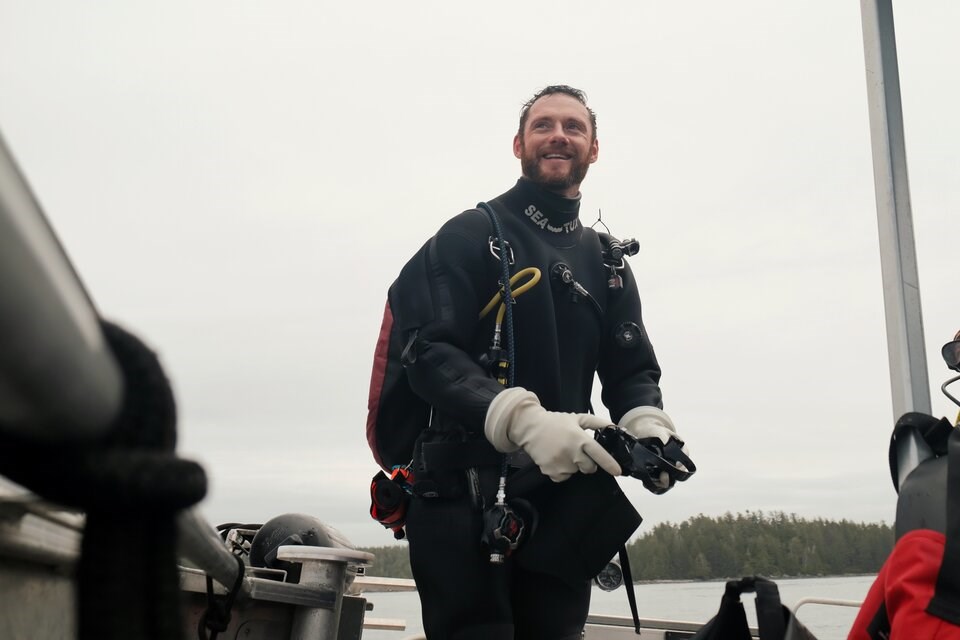
The international team of researchers found “soniferous fish” — which include a variety of species that communicate through sound — may face elevated risks from noise pollution caused by deep-sea mining. Their conclusion: Chronic exposure to mining noise may have “cascading ecological consequences” that could disrupt key behaviours and physiological processes in an environment.
But Cox said it’s the blind spot of what hasn’t been properly studied or even discovered yet that stands out to him. Go to the deep sea and that blind spot gets even bigger, he said. Not knowing what's there makes the prospect of mitigating risks from deep-sea mining — through something like an environmental impact assessment — very difficult, added the researcher.
“We're at the point of deep sea ecology, where the primary focus right now is documenting what species are there,” Cox said. “It does tell us that we have a lot of work to do. It also tells us that if the aim is to be somewhat precautionary in your approach, then you would want to kind of acknowledge the limitations.”
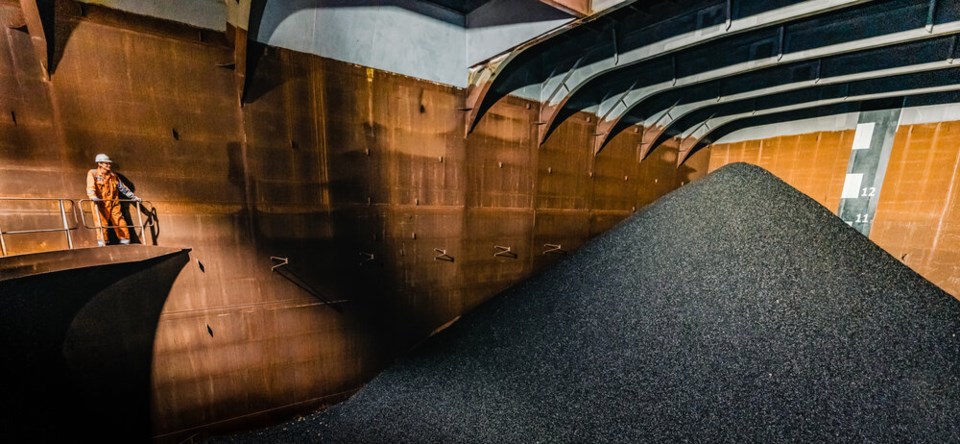
In a second study, a group of researchers from the U.K., Greece and Bulgaria travelled to the middle of the Pacific to deploy hydrophones in two blocks of CCZ.
Over 13 days, the Greenpeace-funded team recorded 72 detections of cetaceans while aboard the ship Arctic Sunrise.
In waters with a mean depth of more than 4.2 kilometres, researchers identified the presence a sperm whale, Risso’s dolphins and common dolphins. Some were seen in person and 70 of the encounters were recorded with acoustic instruments.
“We confirm one threatened species present in these blocks of the CCZ – sperm whales – and suggest that more extensive data are urgently needed to understand the risk of harm to cetaceans that may arise from human activities, including deep-sea mining,” the study concluded.

Lead researcher Kirsten Young said in a statement that more research is needed to fully understand the impact of the noise and sediment plumes on whales and dolphins.
What is clear, she added, is that deep-sea mining “will negatively impact ocean ecosystems in areas far out to sea where monitoring is particularly challenging.”
“We already knew that the Clarion-Clipperton Zone is home to at least 20 species of cetaceans, but we’ve now demonstrated their presence in two areas specifically earmarked for deep-sea mining by The Metals Company,” she said.
In an emailed statement, a spokesperson with The Metals Company slammed the hydrophone study as the work of activists.
“When it comes to deep-sea mining, the loudest source of noise isn’t our vessels — it’s activist groups determined to drown out science with speculation,” the company said.
The statement added that the company had long known there were mammals in the contract area. It pointed its own data captured during test mining found noise levels capable of influencing mammal behaviour don’t travel many hundreds of kilometres.
Instead, they were found to be confined to a 3.8-kilometre area around the mining site, The Metals Company said.

